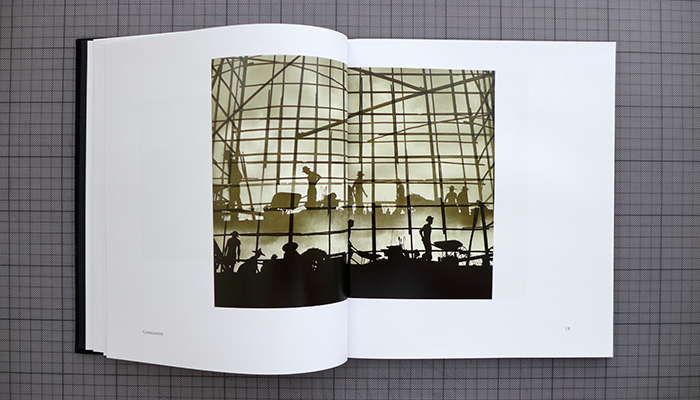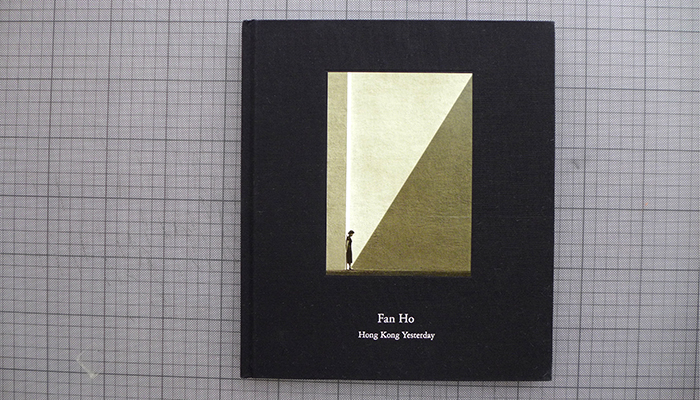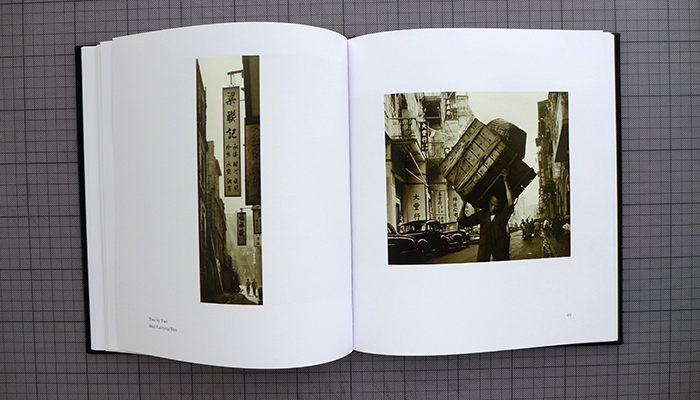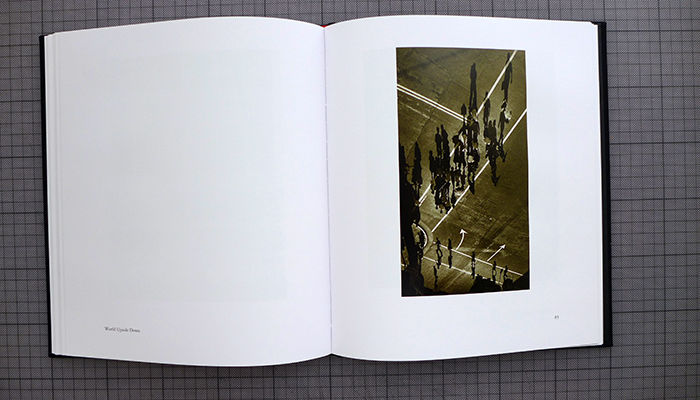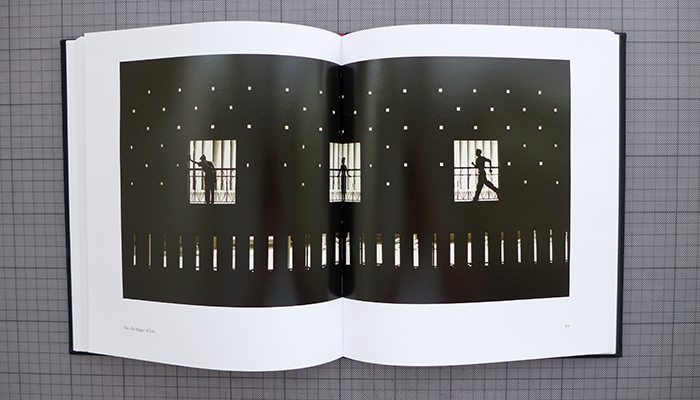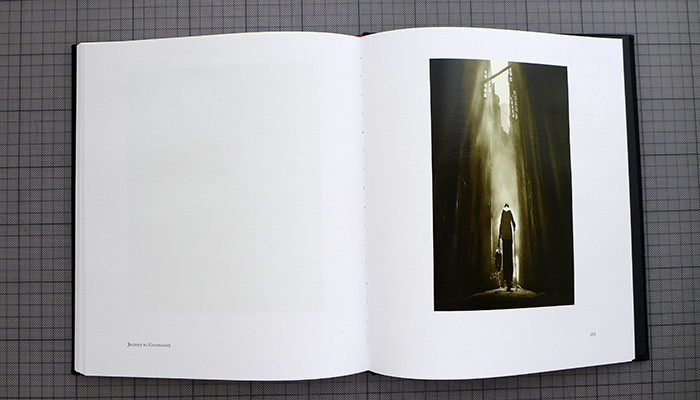Fan Ho: Hong Kong Yesterday
Born 1931 in Shanghai and moved at the age of 18 to Hong Kong, Fan Ho received his first camera from his father when he was 15 years old. Ho is a photographer, movie director and received countless awards for his work. He currently resides in California.
In the introduction of the book, the curator, editor and collector John A. Bennette talks about his first meeting with one of Fan Ho’s photographs in 2002 in an apartment in New York City. At that point, Bennette didn’t know the photographer or the context of that image, but could not forget it. (In the introduction, he does not mention, which image.) A few years later he saw it again at the Photo New York Show in the booth of Modern Book gallery together with other images by Fan Ho.
In the forward from 2006 Bennette states:
“I was thrown off balance because in 2002 I saw timelessness in Fan Ho’s photographs. They are what they are, but they also bring an association of time, place, and history. I see cinema and film noir, I see Chinese paintings, surrealism, and German expressionism. I see elegance shadows like František Drtikol, I see the future of Ridley Scott’s “Blade Runner”.”
However when Bennette saw the first photograph by Ho back in 2002, it was already a documentation of the “old Hong Kong”. All the photographs shown in the book are shot in the time between mid 1950s until the end of the 1960s, with one exception. One photo goes back to 1949, the year of Ho’s arrival in Hong Kong. Ho must have started his wandering through the city and capturing moments, floating scenes of every day life shortly after his arrival. By that time there was a stream of refugees fleeing from the civil war from China (Mainland) to Hong Kong. The industrialisation and the economy growth in Hong Kong was depending on small and medium size manufacturers, with a focus in the textile and garment sector. This was the scenery for Ho’s photographic exploration of Hong Kong. In Ho’s photographs, I see a certain romanticism paired with exoticism. With no doubts the images are highly aesthetic, the play with light and shadow. Browsing through the book, it feels like looking at stills of a movie. I feel the photographer as someone keeping a certain distance to the scenery that happens around him. The interesting part that fascinates me about the photographs by Ho, is the ambiguity between a beautifully captured moment of a scenario that reflects the hard and demanding life style of the city.
During the 1980s and 1990s, Hong Kong went through a radical transformation in economy: from a manufacturing to a service (commerce and finance) business location. Still in the Hong Kong of today, I sometimes meet scenarios captured by Ho sixty years ago from now.
The design of the book (250 x 287 x 18 mm) is rather simple. It is printed on a coated white paper. Despite the short introduction by John A. Bennette, the afterword by Mark Pinsukanjana and Bryan Yeadinak, a bio of Fan Ho and the list of plates (each one page), most of the 120 pages are devoted to the presentation of the photographs. On each double page spread, only the page number of the right page is positioned at the right bottom of the right page. The titles of the images are presented as two lines at the left bottom on the left page. The titles and the page numbers set in a serif font are the only typographic elements on the pages carrying the photographies and still they feel a bit too big. The high contrasted photos in a sepia tone are of different sizes and proportions: from extreme tall portrait format, to squares, to panorama-landscape formats. The photos are positioned horizontally centred and in case there are two images on a double page spread, they are aligned at the top. The application of different formats strengthen the expressive power of the captured scenes in a dramatic way.
Fan Ho: Hong Kong Yesterday
Introduction by John A. Bennette
Afterword by Mark Pinsukanjana and Bryan Yeadinak
Modernbook Editions, San Francisco. Fourth edition 2014.
